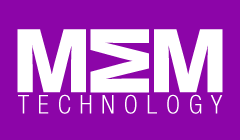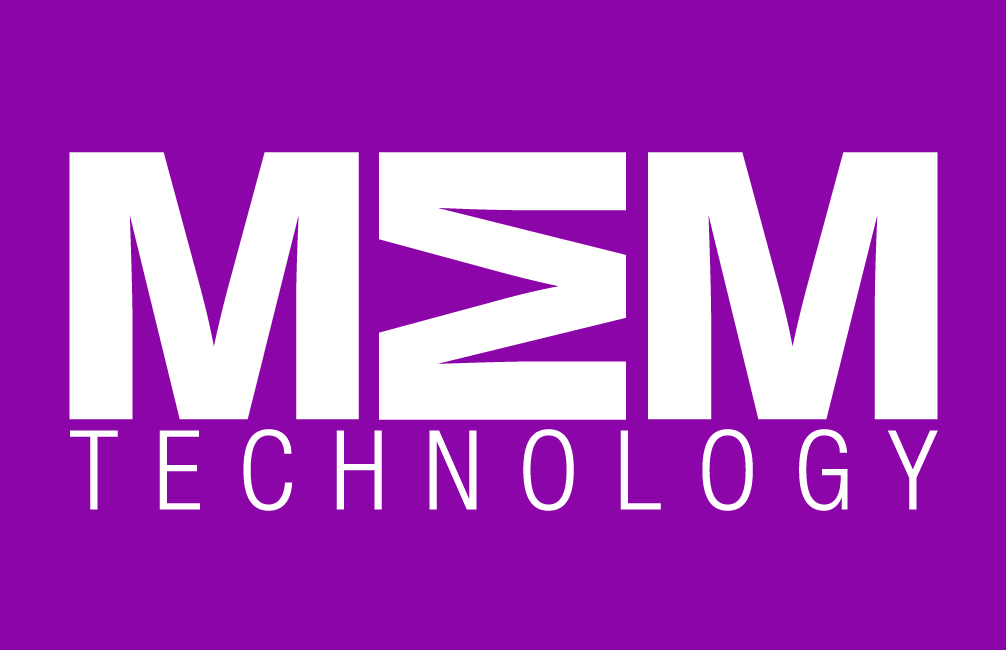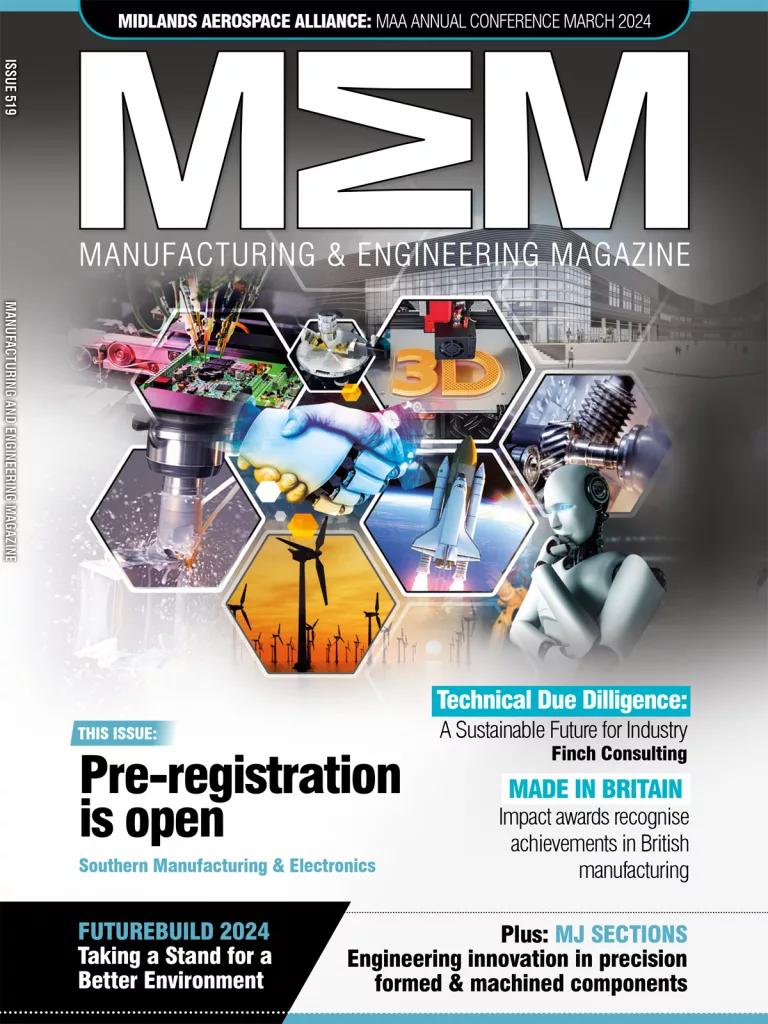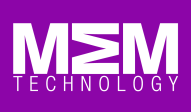Thirty neuroscientists and computer programmers combined in order to use their knowledge in relation to the understanding the human mind. The collaboration between researchers at Intel and Princeton made rapid progress on decoding digital brain data and scanning functional magnetic response imagery (MRI) to reveal how much neural activity offers in regards to learning, memory and various other cognitive functions.
The new software can be used in real time which can tell what a person is thinking while they think it. Machines have been programmed in the past to link subconscious thought and conscious thought to exploit the ideas of free will that tell you what you are going to do before you realise you are going to commit to the act. This software however can tell what a person is thinking while they are thinking it.
The matters of such software are incredibly complex, when used alongside an MRI scan the innovation it thought to help change the way we view and treat issues within the brain. A typical scan can contain 100, 000 voxels and if each voxel can `speak` to the other voxels the number for potential conversation is overwhelming and constantly changing. The intellects at Intel and Princeton have overcome this mammoth challenge and prior to their developments an analysis of this type of data would take months of research.
The eventual goal from this type of development is to create pictures from thoughts, a sense of literally drawing what you imagine. This could have incredibly positive results for patients, for example if a person was having a childhood memory the technology if developed further might be able to take that thought and from it create a live image of that experience. This is a far way into the future, and researchers are aware of that, but they are certainly making progress and heading in the right direction to aid mental health and understand the human brain and imagination.









